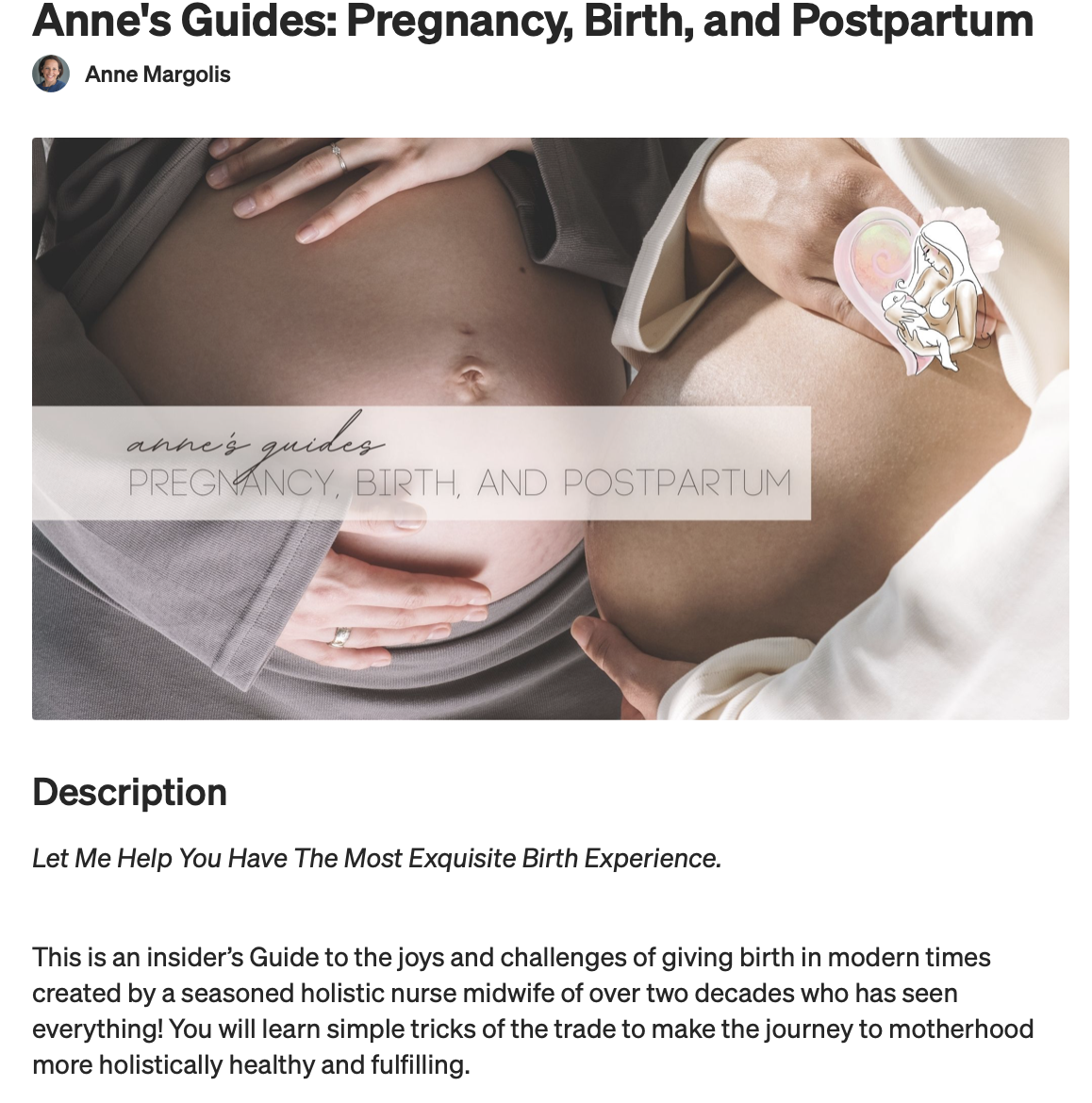Gestational diabetes is rare in the healthy population. Occurring in about 6% of pregnancies, it’s incidence is increasing largely due to the growing obesity, insulin resistance and adult onset diabetes, poor diet and lifestyle habits in the United States. There is much controversy around gestational diabetes, how it is screened for and diagnosed, and whether universal screening improves outcomes as opposed to testing when there are risk factors. If you do have it, however, treatment that includes appropriate actions like maintaining ideal weight, enhancing nutrition and exercise habits does make a significant difference in reducing the serious health consequences for both you and your baby.
In the US, it is standard of care that all women are screened for gestational diabetes at 24-28 weeks of pregnancy, although in some other European countries, only women with risk factors are screened. Screening that is most common involves giving pregnant women a “Glucola” drink that has 50 grams of sugar in the form of dextrose, and then testing blood sugar an hour later. Many holistic providers and the families they serve are concerned about this potentially toxic drink laden with chemicals that may make them feel sick, harm them and their babies, and can be associated with false positives that label them unnecessarily as high risk. This increases stress and angst, leads to more testing, monitoring and potentially other risky interventions. They want alternatives.
While it is within your right to refuse the test, you may want to consider screening for gestational diabetes in another way and discuss your concerns and options with your provider. If your provider is unwilling to work with you on this, consider switching providers to one who will. Although we do not have enough evidence that alternative screens are as accurate as using the more extensively studied Glucola drink to screen for diabetes of pregnancy, alternatives are not to be easily discounted, and may be a viable option in the low-risk healthy population.
It is recommended according to evidence based care, but you have the right to make an informed decision to decline. The evidence does support screening for diabetes of pregnancy (GDM), as the benefits of accurate diagnosis and treatment outweigh any potential risks of the screening blood test. Treatment does impove health and birth outcomes, whereas untreated abnormally high blood sugar levels in pregnancy carries substantial risks to mamas and babies. In the early 2000s, the US only screened those with risk factors, but since the rates of GDM are increasing, and rarely found in those without risk factors, it has become standard to screen everyone. In the UK, only those with risk factors are advised to get the one 3 hour glucose tolerance diagnostic test. There is disagreement on the best screen to use, and what numbers are diagnostic. In the US, standard of care is to use a two step process in which the pregnant mama drinks 50 grams of a Glucola drink made of dextrose and blood is drawn 1 hour later. Some practitioners and labs use 140 as the cutoff blood sugar level indicating a positive screen others use 135, and some use 130. The lower the cutoff number, the increased number of false positives along with a slight increased ability to diagnose true GDM, whereas the higher the cutoff number the opposite effect can result. So it depends on the cutoff number your provider and lab uses, each showing different degrees of sensitivity and specificity. Levels of 135-140 are considered normal according to the Mayo Clinic, ADA, ACOG and other highly medical sources.
There is an option for screening for gestational diabetes by home testing. This involves checking your fasting blood sugar at home when you wake up in the morning, and then again 1 hour after eating your usual breakfast, lunch and dinner. While approved for monitoring blood sugar once diagnosed with diabetes, this method of screening is less studied and without clear standards. It is also more cumbersome and costly, as you need to get the supplies to do it, then take the time to get it right and keep records to discuss with your provider at your next prenatal visit.
I discuss natural alternatives to the chemically laden Glucola drink in my Natural Birth Secrets book 2nd edition….but here are some basic tips if you want a more natural approach.
Alternative Gestational Diabetes Screening Options to Glucola
Starting three days before your appointment, increase complex carbohydrates such as whole grains, sweet potatoes and winter squash.
The meal before the test should only contain protein, vegetables, and unsweetened dairy. A veggie cheese omelet is a great choice! Avoid sweetened foods, fruit, and carbs. If this last meal before the test is lunch or dinner, you can eat a normal breakfast, but avoid carbs or sweets for the rest of the day.
Fresh Test is a new organic alternative that is also said to taste good, with only three ingredients. It has exactly 50-grams of glucose yet is void of unnecessary artificial additives, and is laboratory tested to be virtually equivalent to the Glucola without the unhealthy ingredients. To make your own drink that is most equivalent to Glucola without the chemical additives, dissolve 50 grams of organic dextrose in 8 ounces of water. You will need to do some math. If there are 20 grams of dextrose in 2 Tbsp for example, then you need 5 Tbsp of the powder. You ideally want dextrose, as it is the sugar made from corn that makes up the Glucola drink, and it is most bioidentical to the sugar in your blood called glucose. Therefore, it is the best alternative to screen for gestational diabetes as the standard Glucola drink does, according to the laboratory parameters designed and tested for this purpose.
Another alternative is to drink an equivalent amount of pure corn syrup dissolved in your tea, since the sugar in corn syrup is dextrose. You can find organic non GMO varieties in the health food store, but you still need to do some math, to get 50 grams of sugar total.
Reputable research indicates that you can instead, eat 28 all natural organic jelly beans or enough that equals 50 grams of sugar, which is studied to be a reliable alternative to the 50 gram glucose beverage. It is not standardized as is the Glucola drink, amounts and types of sugars vary with each product, so you need to do the math and make sure you are eating 50 grams of sugar. The study was relatively small but results can certainly be considered.
Other less ideal options are iced tea, organic Gatorade or a cola drink that has 50 grams of sugar added in the form of added table sugar or dehydrated cane juice (sucrose) - similar to the kind of sugar in jelly beans. They are not a first choice because they are not as extensively researched, the form of sugar is different than dextrose, and thus may have a different effect on your blood sugar levels and test results, designed to screen for diabetes based on your response to dextrose.
The blood test to screen for gestational diabetes was studied and formulated to test your reaction to ingesting 50 grams of dextrose. Sucrose is made up of 50 % glucose and 50 % fructose. You will need to read ingredients and nutrition labels to use an alternative, an important skill to develop anyway. And you still need to do some math, as the nutrition label might say something like 23 grams of sugar per 8 ounce serving.
When going for sugars that are not dextrose extracted from corn, you can choose any sugar sweetened drink without added fruit juice. Fruit contains a different type of sugar called fructose that makes the test less accurate as it has a different effect on your blood glucose levels than does dextrose and sucrose. If you can not find or have no time to figure it out and have low risk of gestational diabetes, Snapple 16 oz raspberry peach drink is second choice. Although it is mainly sweetened with sugar (sucrose), it does have a little fruit juice, which again is mostly fructose.
Coconut water is another, but less than ideal option, as it contains sugar in the form of mostly sucrose and glucose, and it does have some fructose as in fruit. ZICO coconut water 16.9 ounces has 20 grams of sugar, so you would need to drink 2 ½ bottles. Honey is another alternative, but it is also not made up of an equivalent sugar - it is sucrose and fructose. Again, you need to read the label. Different honeys have different amounts of sugar per serving size.
Hopefully there will be more studies on these alternatives, but for now, are listed here to consider with your provider, if for some reason you can not take the dextrose or corn syrup equivalent and you are healthy, with healthy weight and lifestyle, with low risk for diabetes.
45 minutes before your appointment, eat the jelly beans or drink an amount that equals 50 grams total of sugar, then nothing until the blood test, which will be drawn 1 hour after you consumed the drink or candy.
If you have time, do some form of exercise like taking a brisk walk for 20-30 minutes after drinking, but before the test.
Bring a high protein, whole carbohydrate and healthy fat snack to eat after the test if needed, to keep blood sugar stable. This will help you avoid unpleasant symptoms once your blood sugar drops, like shakiness, lightheadedness, fatigue, anxiety and irritability.
Rest assured, most healthy pregnant women (about 94%) do not have gestational diabetes. A positive screen simply means you need more testing to confirm it or rule it out. And if you do have it, you can learn how to keep your blood sugar normal throughout the rest of your pregnancy and life.
If you need more guidance, schedule a coaching call with me.
Be informed, empowered & educated with my online course Guide to Pregnancy, Birth & Postpartum - sold separately or in a bundle.


















